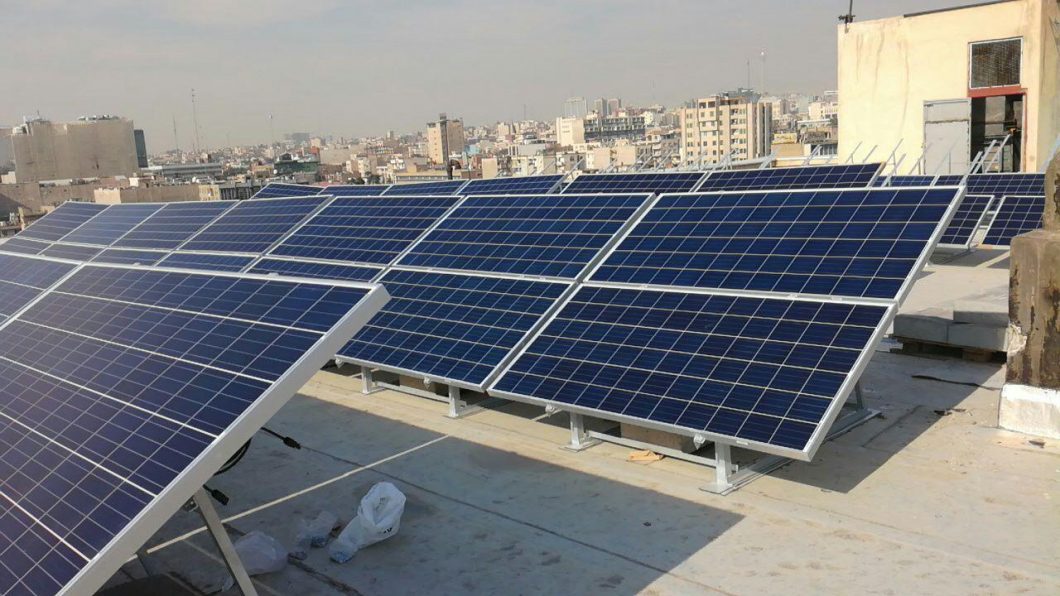Fossil fuel energy has understandably become the clay pigeon of environmentalists in the past decades—with oil and gas companies having lied too often about the impact of their activities on climate change or environmental pollution for the public to ignore.
Oil spills have destroyed many a habitat both onshore and offshore, with an immeasurable number of animals and humans having suffered. But it is important to acknowledge that oil and gas companies are not the only guilty parties, with all types of energy production leading to environmental harm in one way or another.
According to Oil Price, the clean energy narrative that is so frequently pushed by renewable advocates may not be quite as clean as you think.
This is not a rallying cry against renewable energy. The energy community needs renewable; it needs various regions specializing in different forms of energy to provide for the seamless coexistence of fossil and non-fossil energy sources.
Nevertheless, it seems strange that so little progress has been made in identifying and dealing with the environmental risks of renewables.
Wind energy is considered to be the renewable energy source which is the most commercially attractive under current market conditions. In fact, it is so attractive that since 2012 more gigawatts of wind power were installed in the United States than of any other resource, including fossil fuels.
It is common enough to hear that wind farms are a blight on the landscape, but that complaint does not carry any environmental significance. Noise, on the other hand, can have a tangible impact on the environment.
Wind plants reach a sound pressure level of 90-100 decibels, with scientific studies suggesting that exposure to such a level of noise will lead to annoyance, sleep disturbances, headaches, anxiety, depression and cognitive dysfunction.
These risks can be, and often are, mitigated by building wind plants a safe distance from any sort of human habitation. Yet it would be very difficult to convince birds that sticking to their traditional habitats and migration routes is no longer desirable.
On average, each turbine kills 1-15 birds per year depending on the conditions and technology utilized.


